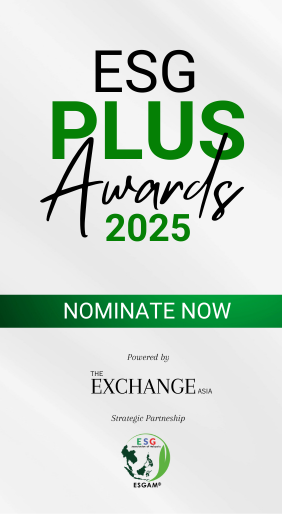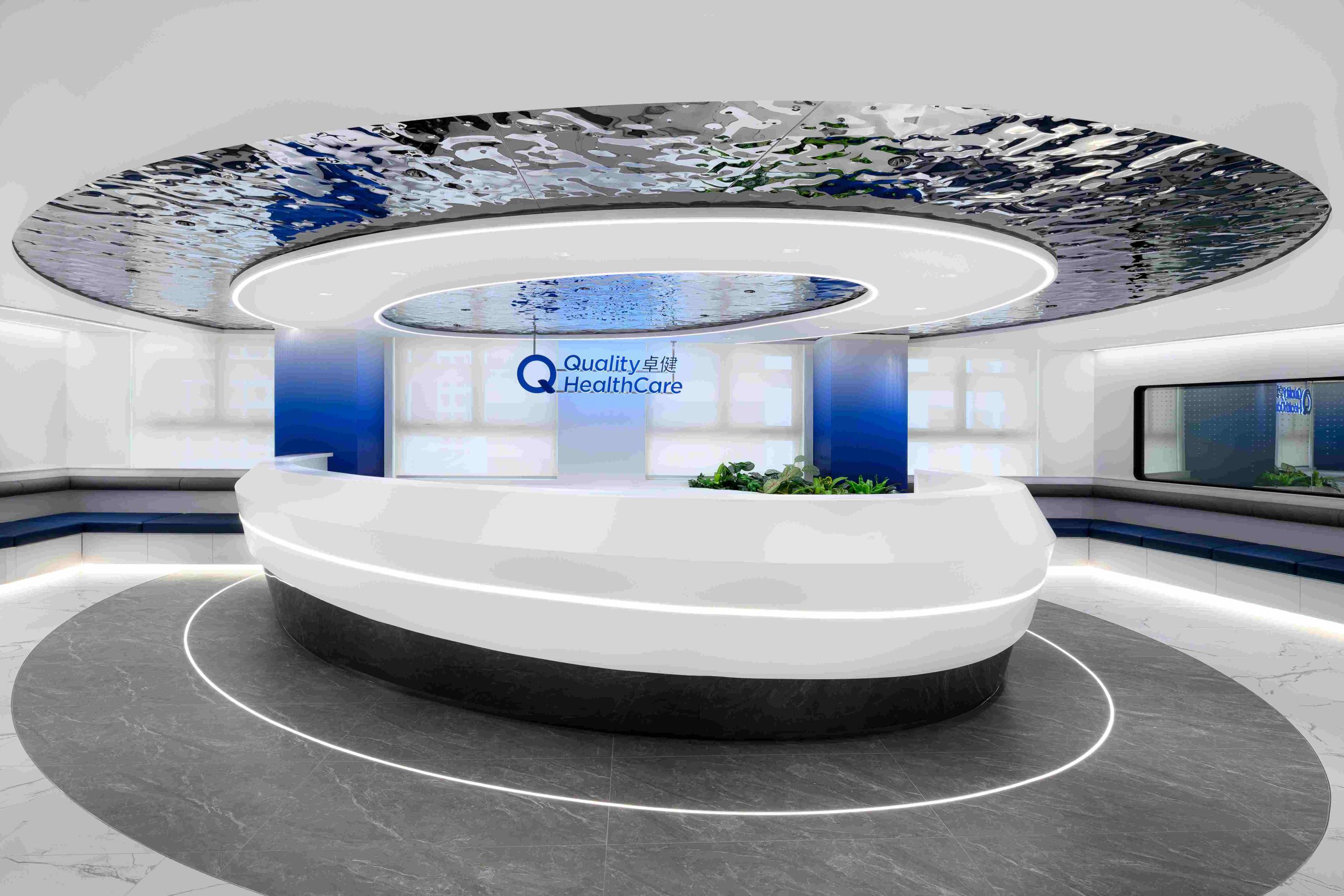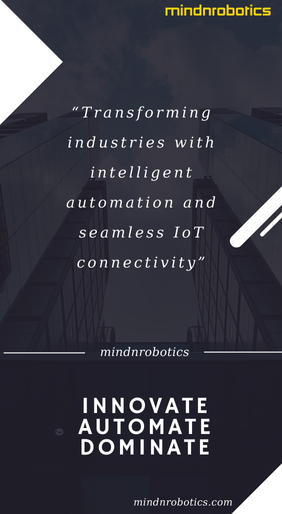By Sandeep Bhargava, SVP, Global Services and Solutions, Public Cloud Business Unit, Rackspace Technology

Today, CIOs have emerged as strategic leaders, and they possess the influence and power to shape business direction by virtue of their ability to leverage data and technology. This means CIOs are uniquely placed to direct how businesses respond to today’s imperatives, whether driving digital transformation or promoting sustainability in the company.
For CIOs, technology optimisation is not just simply reducing carbon emissions. It means adopting a long-term leadership perspective that places people, the planet, and the economy at the centre. This rests on promoting green-friendly and efficient systems, as well as encouraging diversity within the technology workforce. According to IDC, nearly 48% of enterprises in Asia Pacific and Japan have increased their sustainability/ESG investments by 1% – 10% in 2023 while 63% of enterprises have spent more on sustainability the previous year.
Many business leaders today realise that they can do well by doing good. This upward trend in investment depicts a pattern of overall increased spending on sustainability/ESG, with 68% of organisations planning to increase their AI spending for sustainability/ESG purposes.
The role of a CIO has transformed from just ensuring the smooth operation of IT systems to driving long-term business value through impact-driven sustainability. The decision-making of ESG initiatives is primarily the responsibility of senior executives, however, IDC’s survey respondents state that other roles like department managers, CIOs, board members and employees can also be responsible for ESG.
This shift in thinking involves adopting a systems-view approach that encompasses the following three core objectives:
- Environment (making IT green)
- Workplace equality (making IT accessible)
- Economics (making IT viable)
The AI-Sustainability Framework
As a result of the advancements in artificial intelligence (AI), CIOs are able to provide answers to questions concerning ethics, privacy, and responsible use. In order to accelerate both technological and social innovation, CIOs must now establish ‘sustainability guardrails’ to address biases, privacy issues, and potential non-compliance with regulations, thereby enabling long-term success and resilience.
These ‘guardrails’ provide a means to prevent the misuse of AI for malicious purposes. An example of this would be how the National Tech Association of Malaysia (PIKOM) has outlined a comprehensive framework for ethical AI development and usage, coinciding with the growing global call for effective AI governance. The framework aims to build a strong foundation and tackle the complexities of AI governance, ensuring that AI is used ethically and responsibly. The overriding goal of these ‘guardrails’ essentially is to protect the stakeholders involved such as consumers and individuals.
Building Sustainable IT

IT and business leaders are implementing greener technologies in their organisations. The aim here is to minimise the negative impact on the environment while maximising the company’s efficiency, all without disrupting the company’s productivity.
Making a compelling case for a cloud-first strategy powered by renewable energy facilitates understanding of environmental impacts from services used, enables work process impacts to be quantified through the workload lifecycle, and establishes waste minimisation design principles.
Enterprises can learn from Amazon Web Services (AWS) example, of how it positions itself to operate on net-zero carbon emissions by 2040, by adhering to six design principles that foster cloud sustainability:
- Understand your impact
- Establish sustainability goals
- Maximise utilisation
- Anticipate and adopt new, more efficient hardware and software offerings
- Use managed services
- Reduce the downstream impact of your cloud workloads
Enterprises that practise these principles are set on the right path to sustainability. That being said, it is also important to pay attention to specific challenges and conditions of the business. Customising a plan to unique needs is key and once again hinges on a robust data estate.
Sustainability as the Superpower
Working together with other CIOs can also equip enterprises to promote sustainability. We see how non-profits like SustainableIT.org, provide a platform for CIOs to come together and shape sustainability transformation programs, create best practices, develop standards and certifications, and educate and train leaders. Initiatives like this create sustainability practices that will last for generations.
Ultimately, sustainable IT operations are a crucial aspect for enterprises. Without it, the future of businesses and the environment is in danger. CIOs possess the ability and responsibility to initiate a transformation towards becoming exemplars of sustainable IT.
We know the saying – with great power comes great responsibility – CIOs can use their sustainability superpower to impact businesses, the economy, and the world significantly. CIOs must pioneer IT solutions that support social, economic and environmental sustainability.





